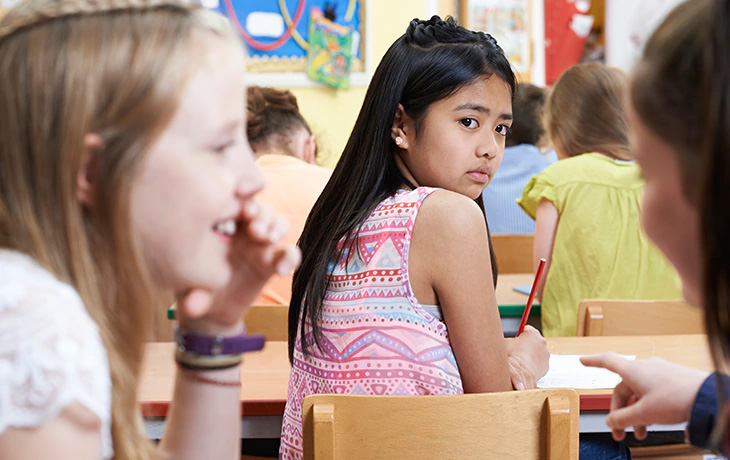Bullying is an unwanted aggressive behavior characterized by repetition (i.e., it is repeated or has a high likelihood of being repeated), and a power imbalance that is observed or perceived (i.e., youth bullying others have more physical and/or social power than bullied youth). The behavior is intentional and can result in harm or distress.
Past research suggests a dose-response relationship between bullying victimization and behavioral health outcomes.

We recently conducted a study
- Youth who are bullied: Cumulative bullying victimization was significantly associated with increased levels of aggression and internalizing symptoms (e.g., depression, anxiety), and decreased levels of self-esteem and future optimism.
- Youth who bully others: Cumulative bullying perpetration was significantly associated with increased levels of aggression, and decreased levels of future optimism.
- Bystanders who help the youth who bullies: Cumulative negative bystander behavior (e.g., laughing at the perpetrator’s behavior, joining in the bullying) was significantly associated with increased aggression and internalizing symptoms, and decreased academic achievement and future optimism.
- Bystanders who help the youth being bullied: Cumulative prosocial bystander behavior (e.g., directly confronting the perpetrator, getting a teacher) was significantly associated with increased levels of depression and anxiety, as well as higher academic achievement, self-esteem, and future optimism. This might mean that while these bystanders felt good about helping, they also worried about being bullied next.
Being a perpetrator, victim, or negative bystander to bullying is particularly problematic for students’ wellbeing. To reduce negative consequences for all students involved, it is important to expand efforts to prevent and decrease bullying before the negative effects accumulate over time. Examples of prevention strategies and approaches based on the best available evidence can be found in CDC’s Youth Violence Prevention Technical Package.

